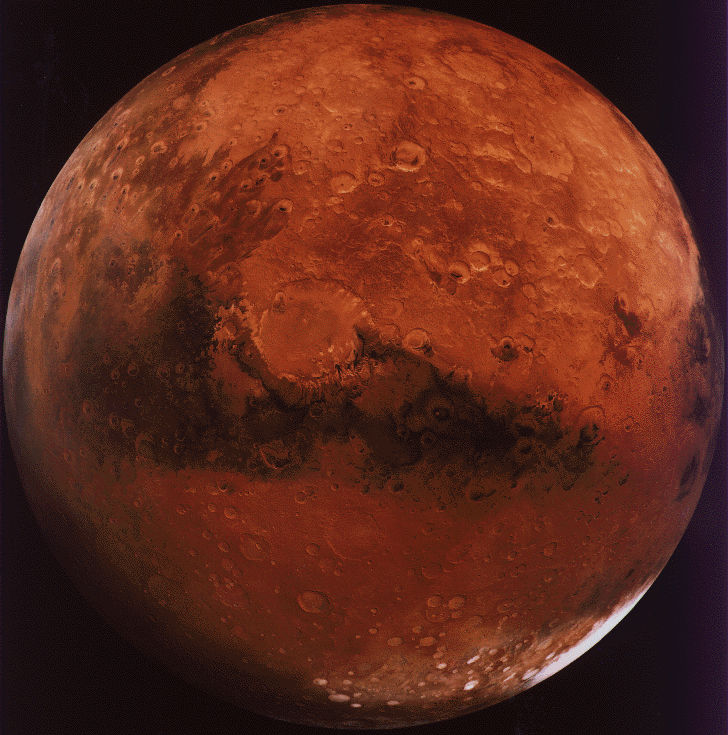Hi scientists! Remember the Scientastic
Project instructions? Well, I am going to do my project today. The two planets
I got were Mars and Jupiter. Okay, let’s get started!
Facts about Mars:
·
Was nicknamed “The Red Planet”
·
Is covered with a mineral called Iron Oxide
which is rust
·
Has two moons: Phobos and Deimos
·
Phobos is only 6,000 km (3,700 mi) away
from Mars
·
Its atmosphere has very little oxygen
·
Strong winds can cause huge dust storms
·
Has reddish-pink clouds surrounding it
·
Has many volcanos and canyons
·
Average distance from the sun: 227,900,000
km (141,600,000 mi)
·
Diameter: 6,794 km (4,222 mi)
·
Length of a year: 687 days
·
Surface temperature: -63 Celsius (81 Fahrenheit)
·
Number of moons: 2
·
Weight of a child who is 75 pounds on
Earth: 28.5 pounds
Facts about Jupiter
·
Largest planet in solar system
·
It is a gas giant
·
Made mostly out of gas
·
Does not have solid surface
·
Is made of hydrogen and helium gas
·
Has a huge storm called the Great Red Spot
which has been going on for more than three hundred years!
·
Jupiter has rings which are too thin and
dark to be seen from Earth
·
Average distance from the sun: 778,400,000
km (484,000,000 mi)
·
Diameter: 142,984 km (88,846 mi)
·
Length of a day as measured in Earth time:
10 hours
·
Length of a year as measured in Earth time:
12 years
·
Average surface temperature: -148 Celsius
(-234 Fahrenheit)
·
Number of moons: at least 63
·
Rings: Yes
·
Weight of a child who is 75 pounds on
Earth: 160.5 pounds
Calculations
·
Jupiter and Mars are 550,500,000 kilometers
away
·
Jupiter and Mars are 342,400,000 miles away
·
Jupiter is 136,190 kilometers bigger than
Mars
·
Jupiter is 84,624 miles bigger than Mars
·
Jupiter has 61 more moons than Mars
| Take a look at the bottom left side of the planet, you will see an eye-shaped circle, that is the Big Red Spot. |
 |
| Mars |
Bye Scientists! I hoped this example helped you. :)
No comments:
Post a Comment